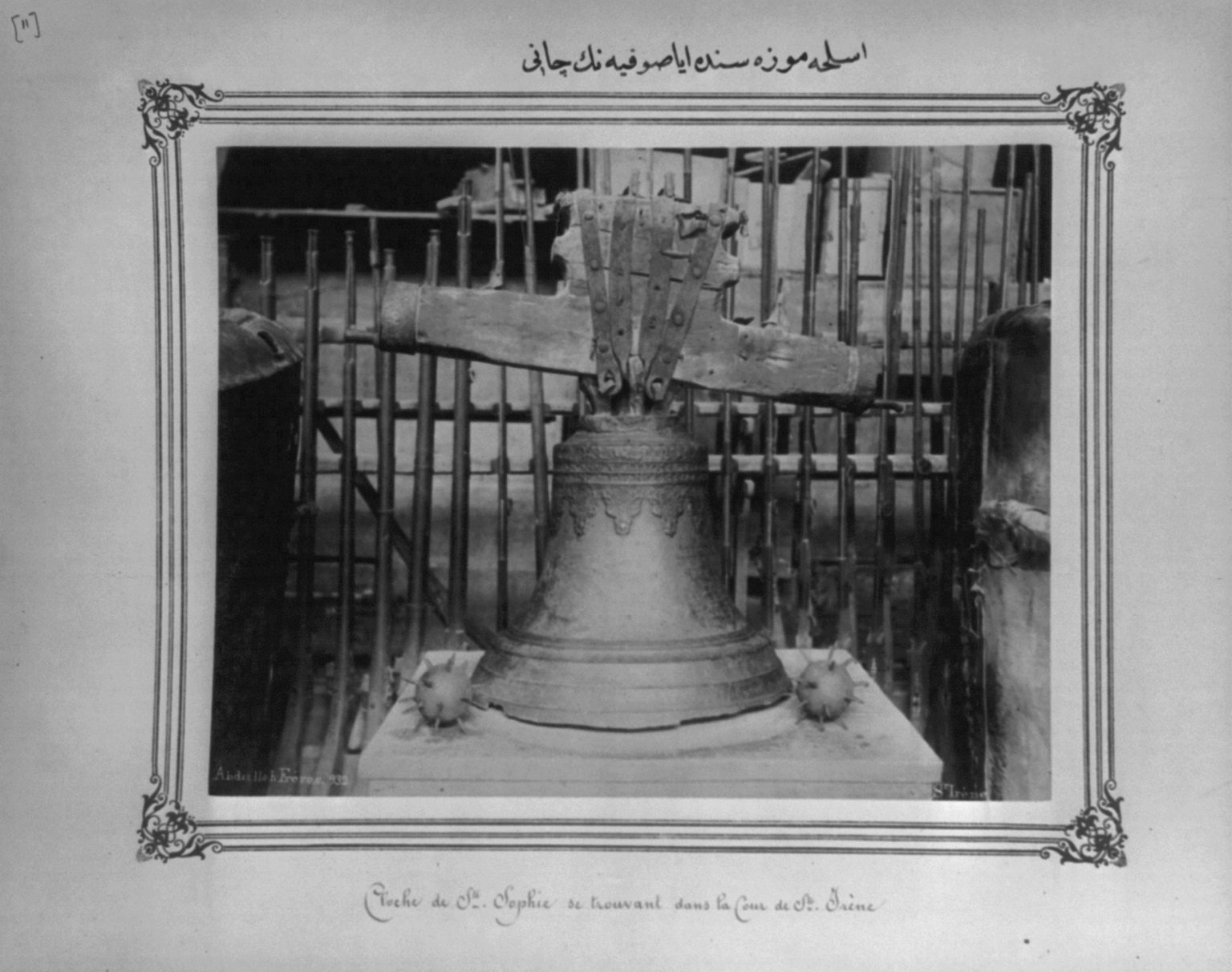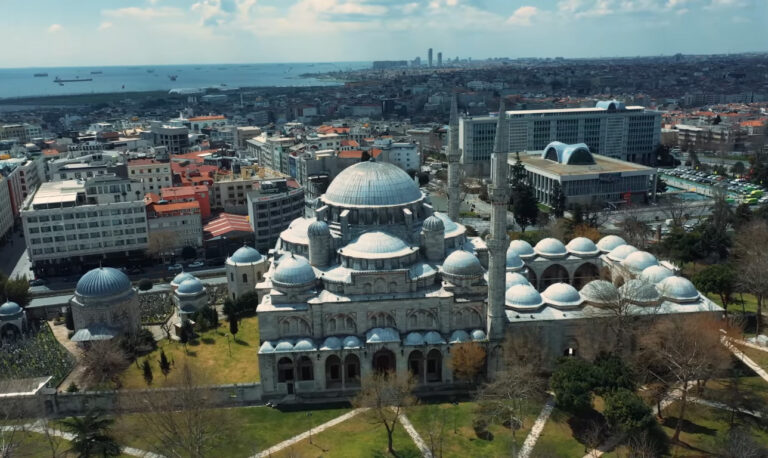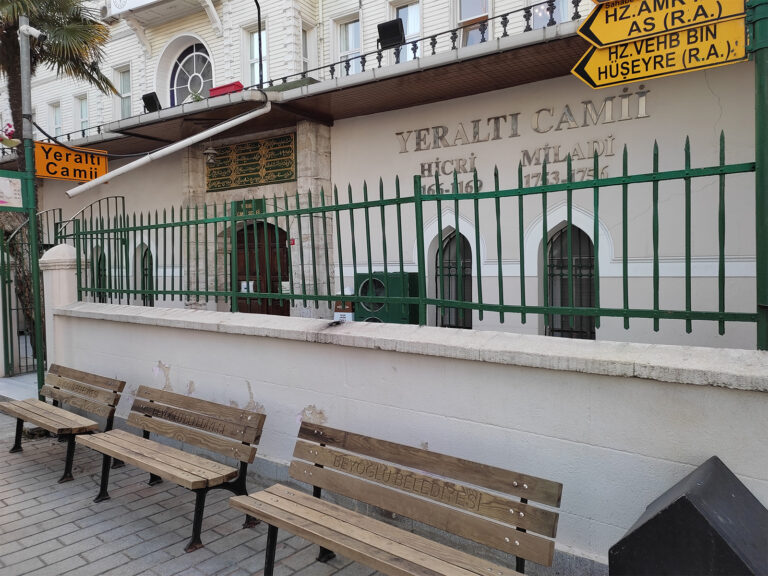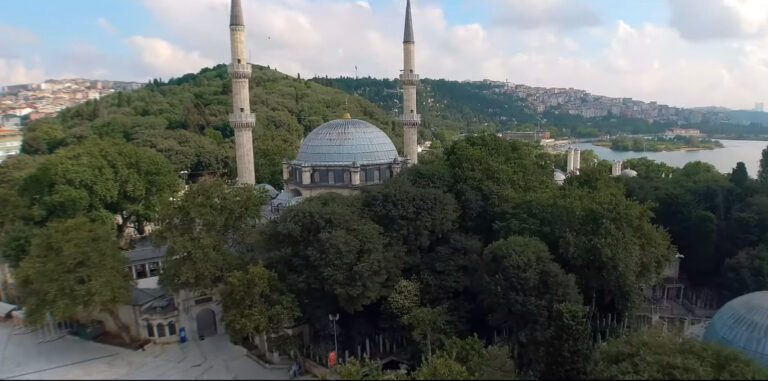Hagia Sophia Mosque
Hagia Sophia, a monument that stands as a testament to both historical grandeur and architectural brilliance, is one of Istanbul’s most cherished landmarks. This comprehensive guide explores the timeless grandeur of Hagia Sophia, delving into its rich history as a masterpiece of Byzantine architecture and its role as a symbol of beauty and resilience through centuries.
Erected under the direction of Byzantine Emperor Justinian I between 532 and 537, the Hagia Sophia stood proudly in Istanbul’s historic peninsula. Originally a basilica-plan cathedral, its architectural grandeur marked a pivotal chapter in the city’s history.
Following the Ottoman conquest of Istanbul in 1453, Sultan Mehmed II transformed this monumental structure into a mosque, renaming it Ayasofya. This act not only symbolized the conquest but also marked a new era in the building’s history. Sultan Mehmed II himself participated in the first Friday prayer post-conversion, signifying its importance.
Architecturally, the Ayasofya is renowned for its innovative design. Its central dome, approximately 31-33 meters in diameter, is supported by pendentives, resembling a billowed sail. To counterbalance the dome’s weight, a series of descending semi-domes were constructed along the west-east axis, supported by a complex system of vaults, arches, and bearings.
In 1934, a significant change occurred when the Council of Ministers decreed its transformation into a museum. This status remained until 2020, when it was reconverted into a mosque.
The Ayasofya’s longevity can be attributed to the substantial support structures added during both the Byzantine and Ottoman periods. Notably, Mehmed II not only preserved the structure but also established a theological school adjacent to it.
Interestingly, after its 1453 conversion, the human figure mosaics were preserved under a plaster layer, which protected them for centuries. During its tenure as a museum, some of these mosaics were unveiled once again. It’s worth noting that the current Ayasofya is the third iteration, with the first two being destroyed in uprisings.
The Ayasofya’s transformation throughout history is further evidenced by its minarets. The first, built by Mehmed II, was unusually made of bricks for expedited construction. Subsequent rulers added their touches – Sultan Bayezid II and Sultan Selim II each contributed minarets, enhancing its Islamic architectural features.
The journey towards reinstating its status as a mosque began in 2005, culminating in 2020 with a Presidential Decree. This change was solidified on July 24th, 2020.
Today, the Hagia Sophia stands as a testament to Istanbul’s rich and diverse history, having served as both a church and a mosque over centuries and is a valued UNESCO World Heritage Site since 1984.
The Historical Significance of Hagia Sophia
1. Hagia Sophia: A Historical Overview
History of Hagia Sophia
- Hagia Sophia, originally constructed as a cathedral, has stood at the heart of Istanbul (formerly Constantinople) since 537 AD. Commissioned by the Byzantine Emperor Justinian I, it was designed by the mathematician Anthemius of Tralles and the physicist Isidore of Miletus.
- Over the centuries, it has served as a cathedral, a mosque, and now a museum, reflecting the city’s complex cultural and religious history. This building is a symbol of the intermingling of the Byzantine and Ottoman empires and their respective cultures and religions.
The Hagia Sophia in Istanbul is a monumental structure with a rich history, spanning several centuries and witnessing the transformation of empires. It was built in three distinct phases, each corresponding to a different era and architectural style.
First Hagia Sophia:
- Initiation by Emperor Constantine: The construction of the first Hagia Sophia was initiated by Emperor Constantine, who made Christianity the official religion of the Roman Empire.
- Completion by Emperor Constantius: This structure was completed by Constantine’s son, Emperor Constantius II, and was consecrated on February 15, 360.
- Design and Features: The first Hagia Sophia, known as “Magna Ecclesia” in Latin and “Megálē Ekklēsíā” in Greek, meaning “Great Church,” was built on the site of an older temple. It was a traditional Latin-style columned basilica with a wooden roof and featured an atrium.
- Destruction: This original church was largely destroyed during riots following the exile of Patriarch John Chrysostom on June 20, 404.
Second Hagia Sophia:
- Construction Ordered by Emperor Theodosius II: After the first church was burned down during riots, Emperor Theodosius II commissioned the construction of a second church on the same site, which was opened on October 10, 415.
- Design and Architecture: Built by the architect Rufinos, the second Hagia Sophia was also a basilica plan with a wooden roof and five naves. It is believed to have hosted the First Council of Constantinople along with the Church of Hagia Irene.
- Destruction in the Nika Riots: This building was destroyed during the Nika Riots on January 13-14, 532.
- Archaeological Findings: Excavations conducted in 1935 led to the discovery of several artifacts from this second structure, including portico remnants, columns, and marble blocks with reliefs.
Third Hagia Sophia:
- Construction Following Second Church’s Demise: Shortly after the destruction of the second church in 532, Emperor Justinian I decided to build a new, more magnificent church, entirely different from its predecessors.
- Architectural Vision: Justinian appointed the physicist Isidore of Miletus and the mathematician Anthemius of Tralles as the architects. According to legend, Isidore dreamed of the design, which was then approved by Justinian.
- Materials and Construction: The construction made use of materials from various ancient temples across the empire, including columns from the Temple of Artemis at Ephesus and stones from different regions. The construction involved over ten thousand workers.
- Inauguration and Legacy: The construction started on December 23, 532, and was completed on December 27, 537. The inauguration ceremony was conducted by Emperor Justinian and Patriarch Eutychius. Justinian reportedly proclaimed, “Solomon, I have surpassed you!” The church’s initial mosaics were completed during the reign of Emperor Justin II between 565 and 578. The Hagia Sophia’s dome, with light filtering through its windows and reflecting off the mosaics, created a mesmerizing effect, leading contemporaries to regard it as unparalleled in the world.
The construction of the Hagia Sophia is a key to understanding the political, religious, and cultural fabric of the 6th-century Byzantine Empire. The power struggle of that era, the competition among noble families, and religious beliefs were direct influences on the construction of architectural structures. Understanding the process of building the Hagia Sophia and the events surrounding it is crucial for comprehending the complex socio-political structure of that time.
Political and Social Landscape of the Era
Entering the 6th century, the Byzantine Empire was plunged into a leadership crisis following the death of Emperor I. Anastasius without an heir, after a long reign of the Leo Dynasty. In 518, Justinus, a peasant-born and palace guard commander, ascended the throne, initiating the era of the Justinian Dynasty. This transition was not well-received by some, especially members of the former dynasty.
Princess Anicia Juliana and the Church of Saint Polyeuktos
One significant figure of this period was Princess Anicia Juliana. As the daughter of Western Roman Emperor Olybrius and the granddaughter of Valentinian III, Juliana belonged to a noble family connected to both the Western and Eastern Roman empires. She had attempted and failed to overthrow Emperor Anastasius in 512 and install her husband as the emperor.
In 524, aiming to showcase her power and nobility, she decided to construct a large basilica near the Forum of Theodosius. This structure became known as the Church of Saint Polyeuktos, the era’s first domed basilica, inspired by Solomon’s Temple. Juliana added an inscription to this edifice, narrating the power, fame, and glory of her lineage.
Emperor Justinian and the Construction of Hagia Sophia
During Justinian’s reign, Juliana’s move was perceived as a direct challenge to the emperor and his family’s prestige. A year after Juliana’s death and following the Nika Riots, Justinian commissioned the empire’s most eminent architects to build an unprecedentedly grand basilica. This marked the beginning of the construction of Hagia Sophia.
After a five-year construction period, the Hagia Sophia was inaugurated with a grand ceremony. It is said that the emperor exclaimed, “Solomon, I have surpassed you!” during the opening. This statement could be interpreted as a reference to both Solomon and Anicia Juliana.
Despite undergoing numerous changes and restorations over the years, the Hagia Sophia has retained its importance architecturally, historically, and culturally. The Church of Saint Polyeuktos managed to survive until the 13th century, and its remnants are still present today.
2. Architectural Marvel of the Byzantine Era
- Hagia Sophia is renowned for its massive, awe-inspiring dome, considered a marvel of Byzantine architecture. The dome, which measures 102 feet in diameter and sits 180 feet above the ground, was the largest in the world for over a thousand years.
- The interior is adorned with intricate mosaics, marble pillars, and Christian iconography juxtaposed with Islamic calligraphy, showcasing a blend of artistic influences.
Exploring the Architectural Splendor of Hagia Sophia
1. The Interior Majesty
- Inside Hagia Sophia, visitors are greeted by the vast expanse of the nave, centered under the grand dome. The interior space is a blend of sacred art, from the mosaics depicting Christian theology to the grand circular calligraphic panels installed during the Ottoman period.
- The upper galleries, accessible via a series of ramps, offer a closer view of the mosaics and a unique vantage point to appreciate the architectural genius of the dome.
2. Exterior Grandeur
- The exterior of Hagia Sophia, with its massive dome and towering minarets added during the Ottoman era, presents a dramatic silhouette against Istanbul’s skyline.
- The structure has undergone several restorations over the centuries, each adding layers to its historical and architectural narrative.
Hagia Sophia in the Cultural and Historical Context
1. A Symbol of Cultural Intersection
- Hagia Sophia is more than an architectural wonder; it’s a symbol of the cultural and religious intersections that define Istanbul. It represents the city’s historical transformation from Byzantium to Constantinople to Istanbul.
- This monument has been a focal point in both Christian and Islamic traditions, embodying the spiritual journey of the city and its people.
2. Hagia Sophia in Literature and Arts
- Hagia Sophia has inspired countless works of literature, art, and music, symbolizing the artistic and cultural heritage of the Byzantine and Ottoman empires.
- The building itself has been a subject of fascination for historians, architects, and artists, who have studied and depicted its unique blend of art and architecture.
Visiting Hagia Sophia
1. Planning Your Visit
- The best times to visit Hagia Sophia are early morning or late afternoon to avoid the crowds. It’s open to visitors every day except for specific religious holidays.
- Guided tours are available, offering insightful commentary on its history, architecture, and art.
2. Preservation and Restoration Efforts
- Hagia Sophia has undergone extensive preservation and restoration efforts to maintain its structural integrity and artistic beauty. These efforts are crucial in safeguarding this world heritage site for future generations.
- Visitors can sometimes witness ongoing restoration projects, which offer a unique glimpse into the complexities of preserving such a historic monument.
Hagia Sophia is not just an architectural landmark but a living museum that encapsulates the rich history and cultural diversity of Istanbul. Its grandeur lies not only in its architectural achievements but also in its ability to stand as a symbol of the city’s ever-evolving narrative. Visiting Hagia Sophia is not just a journey through a historical monument but an immersive experience into the heart of Istanbul’s historical, cultural, and spiritual identity.




